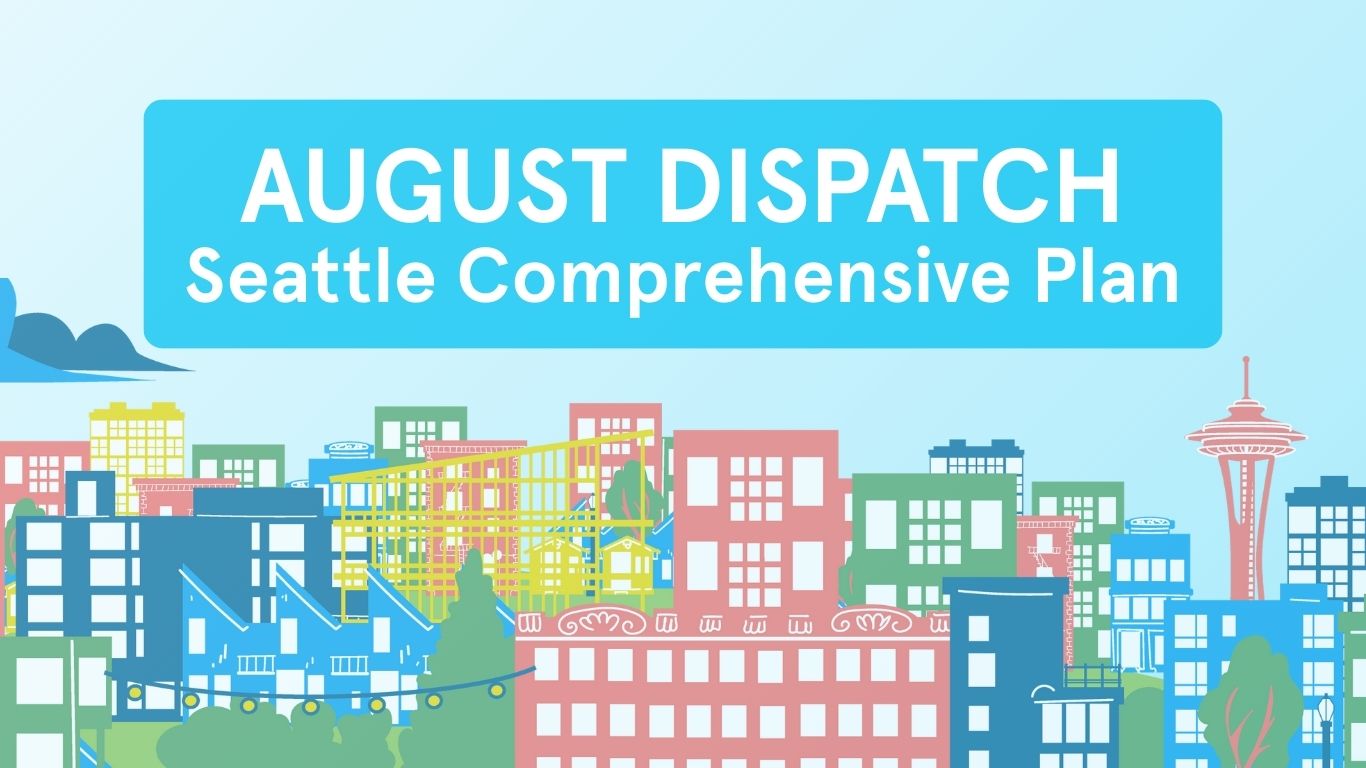Futurewise Appeals Grays Harbor Shoreline Master Program to State Supreme Court
In 2020, Futurewise and our local partner, Friends of Grays Harbor, filed an appeal to the Shoreline Hearings Board of the Grays Harbor County Shoreline Master Program. Now three years and many hearings later, we’re taking that case all the way to the State Supreme Court. We’re especially thrilled to share that the Quinault Indian Nation has submitted an amicus curie brief in support of our appeal.
What is a Shoreline Master Program?
Shoreline master programs (SMPs) are land use policies and regulations that guide use of Washington shorelines. SMPs apply to both public and private uses for Washington’s more than 28,000 miles of lake, stream, wetland and marine shorelines. SMPs are governed by the Shoreline Management Act, first passed by the Washington state legislature in 1971 and adopted by voters in 1972. Its overarching goal is “to prevent the inherent harm in an uncoordinated and piecemeal development of the state’s shorelines.” All 39 Washington counties and about 250 towns and cities with stream, river, lake, or marine shorelines are required to create and update Shoreline Master Programs, which get reviewed and updated every eight years. SMPs are reviewed by the Department of Ecology, and are subject to legal review if citizens or groups appeal the SMP to the Shoreline Hearings Board.
SMPs and Climate Change
One of the most pressing issues facing our shorelines is rising sea levels due to climate change. Unfortunately, currently municipalities are not required to account for sea level rise in SMPs. This presents two major problems. First, cities and counties are allowing new development in areas that will see flooding and sea level rise within decades. Second, allowing this new development prevents wildlife habitat from being allowed to migrate inward along with rising tides. We are in danger of losing vital marine and wetland wildlife habitat, which hurts not only local flora and fauna, but also removes a buffer zone that can accommodate flooding without impacting human development.
Grays Harbor County SMP Appeal
Grays Harbor County residents and fish and wildlife habitats will be more severely affected by sea level rise than any other Washington county. Grays Harbor has large areas of estuarine and terrestrial habitat that are vulnerable to sea level rise. Marshes and wetlands will migrate inland as sea level rises. However, if the SMP regulations are not updated to allow the vegetation to migrate landward in feasible locations, wetlands and shoreline vegetation will decline harming fish and wildlife. It will also deprive marine shorelines of vegetation that protects property from erosion.
The official shorelines advisory committee for the SMP update agreed that the impacts of sea level rise are a serious concern to the residents of the county. Sea level rise was addressed 14 times in the draft the committee approved. However, the only mention of sea level rise in the SMP approved by the county and Ecology is to note that the public raised the issue. Futurewise and the Friends of Grays Harbor first appealed Ecology’s approval of the SMP update to the Shorelines Hearings Board in 2020. We have seen this case work its way through the courts, and now we are taking the case to the State Supreme Court.
The Quinault Indian Nation joins the fight
Since time immemorial, the Quinault Indian Nation has occupied and used lands and waters in Washington to fish, hunt, gather and support their way of life. The Tribe has reservation lands located along the Pacific Coast within Grays Harbor County. Yet, the impacts of climate change and rising tides are already being felt by the Tribe. In 2022, the Tribe received $25 million to relocate its entire Lower Taholah village inland because of coastal vulnerability, including increased coastal flooding.
“The lands and waters of Washington’s coast are essential to the Tribe’s economic, cultural, and spiritual survival. Sea level rise poses risks to the natural resources—particularly salmon, shellfish, and native plants—upon which the Tribe depends for its lifeways. Environmental impacts caused by climate change, including rising sea levels and hydrologic and ecological changes to river systems and coastal shorelines that have sustained the Tribe’s ancestors since time immemorial, strike at the heart of what it means to be a tribe and tribal member.” – from the brief
We’re very grateful to have the support of the Quinault Indian Nation in this precedent-setting case that has the potential for impacts across Washington state. Read the Quinault amicus curiae brief here.


